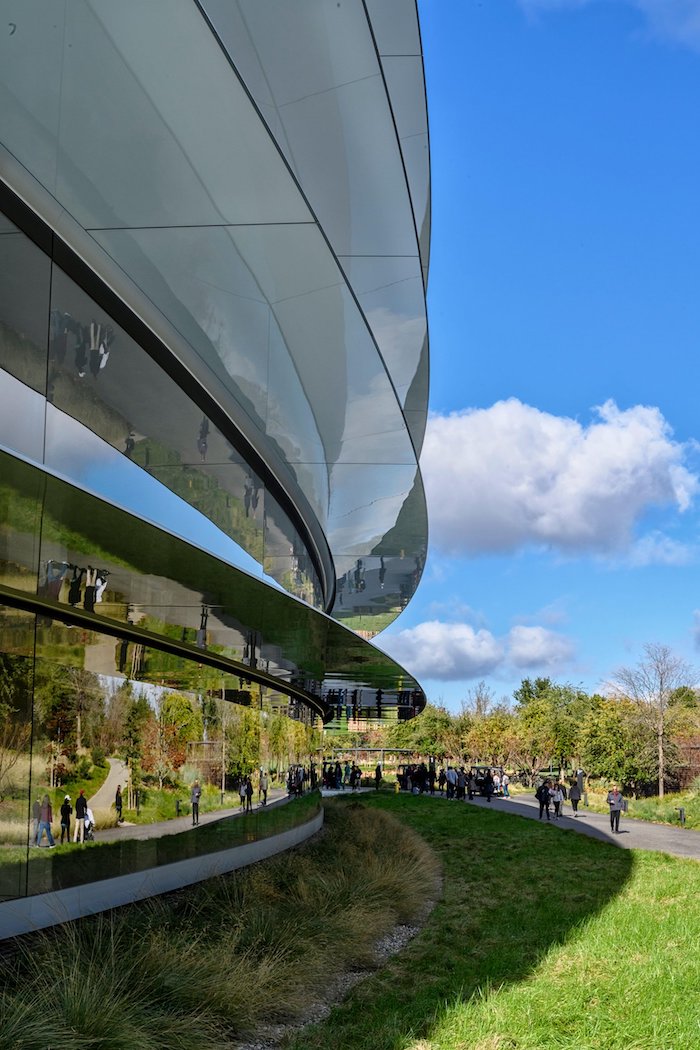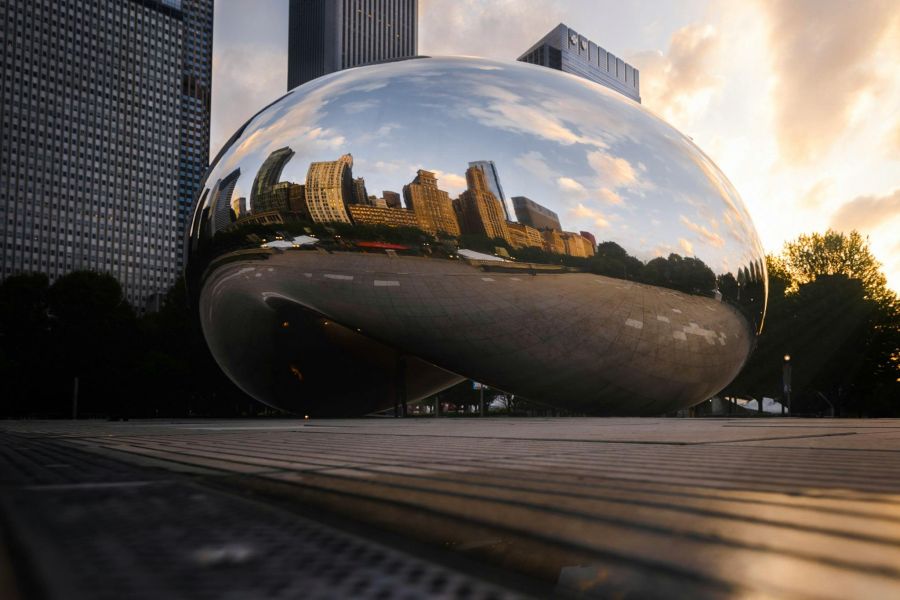Stainless steel is among the most widely used metals in the world. With numerous types of stainless steel available, this metal alloy is highly versatile and suitable for a wide range of industries and applications. That said, all stainless steel varieties share some characteristics, including the name and its associated properties. So why is it called stainless steel, exactly, and what makes stainless steel stainless in the first place?
As experts in metal finishing, including high volumes of polished stainless steel products, our team at Polished Metals feels it’s important for customers to have a strong understanding of the metals they’re considering for their projects. Today, we’re taking a closer look at this stainless steel and what gives this metal its core properties.
Why Is It Called “Stainless” Steel?

Stainless Steel Metal – #8 Mirror Finish
Stainless steel got its name from one of its most notable properties, namely that it is highly resistant to corrosion, tarnishing, and rust. The finished surface of the metal is less likely to become “stained” or develop any kind of patina under normal circumstances. This is in contrast with ordinary steel, which as an alloy of iron and carbon is highly susceptible to rust in particular.
That said, stainless steel is not literally “stainless” as the name may suggest. Depending on its precise composition and the environment it’s exposed to, stainless steel may still become tarnished over time.
Can Stainless Steel Rust?
As mentioned, stainless steel can still become tarnished in the right circumstances. In fact, while stainless steel is highly resistant to corrosion overall, it absolutely can rust; stainless steel is still technically a ferrous metal, though it is typically grouped with non-ferrous metals across the metal industry.
While it is rare for stainless steel to rust, virtually all ferrous metals can do so, and some varieties of stainless steel are more likely to rust than others.
What Makes Stainless Steel Stainless?
So, stainless steel gets its name from its inherent resistance to corrosion. But what gives the metal this property in the first place? What makes stainless steel “stainless”?
The answer is (mostly) simple: chromium. By definition, stainless steel is a metal alloy made primarily from iron and at least 10.5% chromium. Like regular steel, it also includes carbon, but generally in much smaller amounts compared to traditional steel.
Overall, the variance in stainless steel’s corrosion resistance (i.e., whether it may still rust) generally comes down to two different factors:
- The amount of chromium (that is, whether the stainless steel type has significantly more than the minimum 10.5%)
- The addition of other metals, most commonly nickel or molybdenum
The most corrosion-resistant stainless steels are typically those in the Austenitic category. In particular, 304 stainless steel is generally viewed as the most resistant to corrosion, as this type contains at least 18% chromium and 8% nickel.
In other words, what makes stainless steel “stainless” is chromium, nickel, molybdenum, and other metals that are added to the traditional iron and carbon alloy.
Polished Metals Covers All Your Stainless Steel Needs
At Polished Metals, we’re known throughout the world for our best-in-class metal finishing services. Our expansive inventory includes a broad selection of metal types, including a wide variety of stainless steel products commonly used across many industries.
Our experienced team and our large in-house facility give us the capabilities needed to meet rigorous standards and complete high-volume orders in a timely manner. You know you’re working with the best when you work with the Polished Metals team. If you have questions about our inventory or have custom metal finishing needs, please reach out to us.

